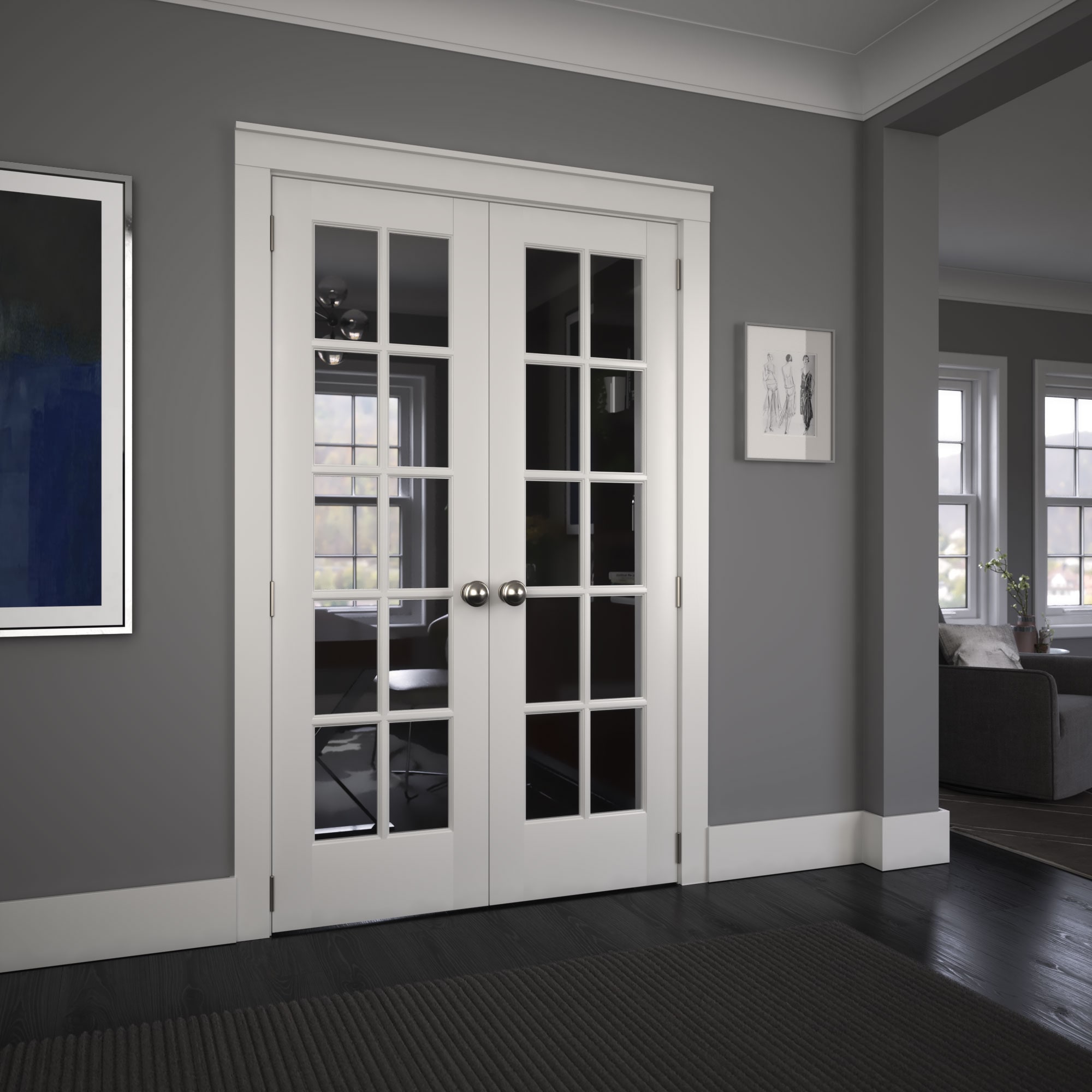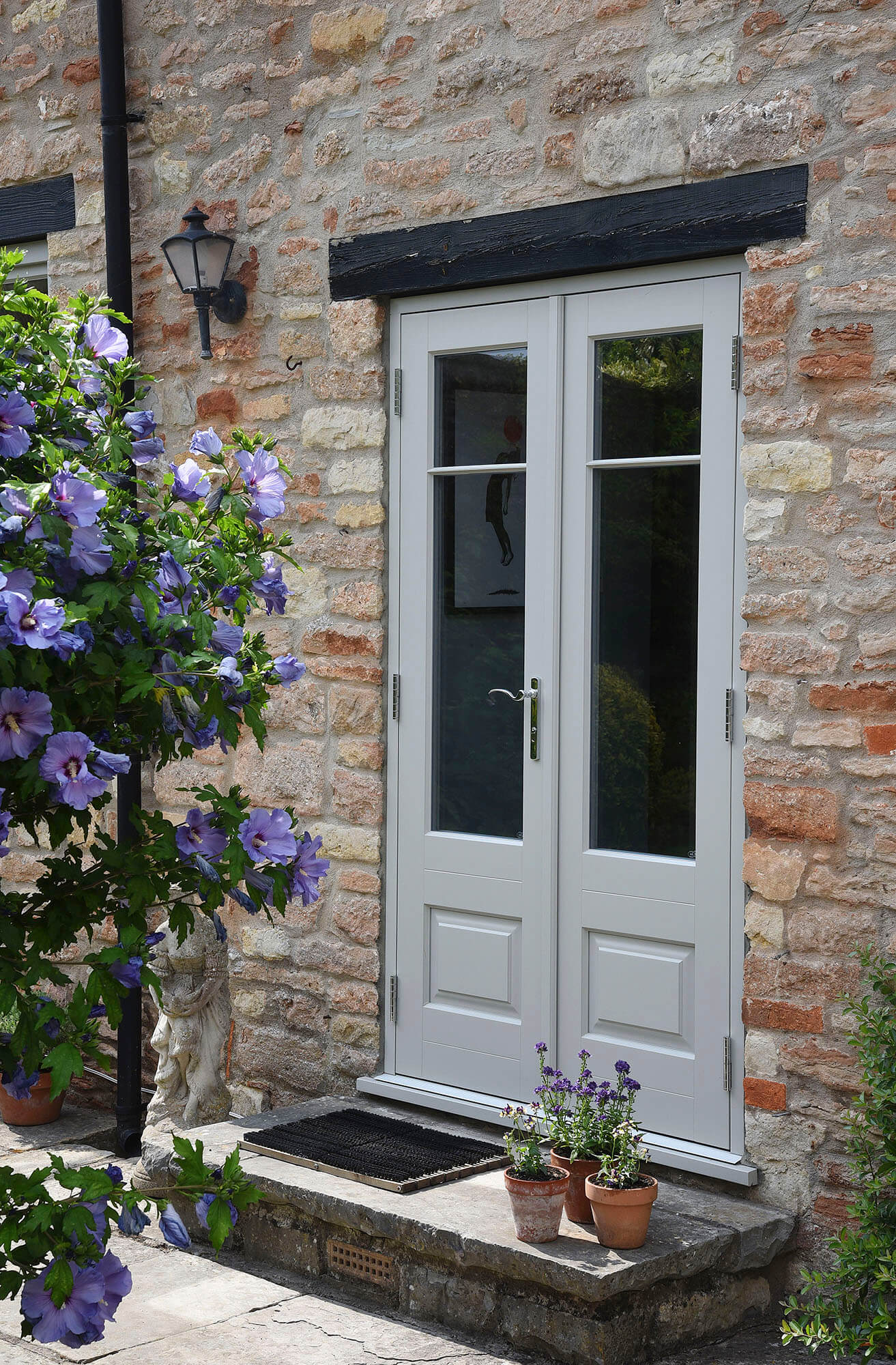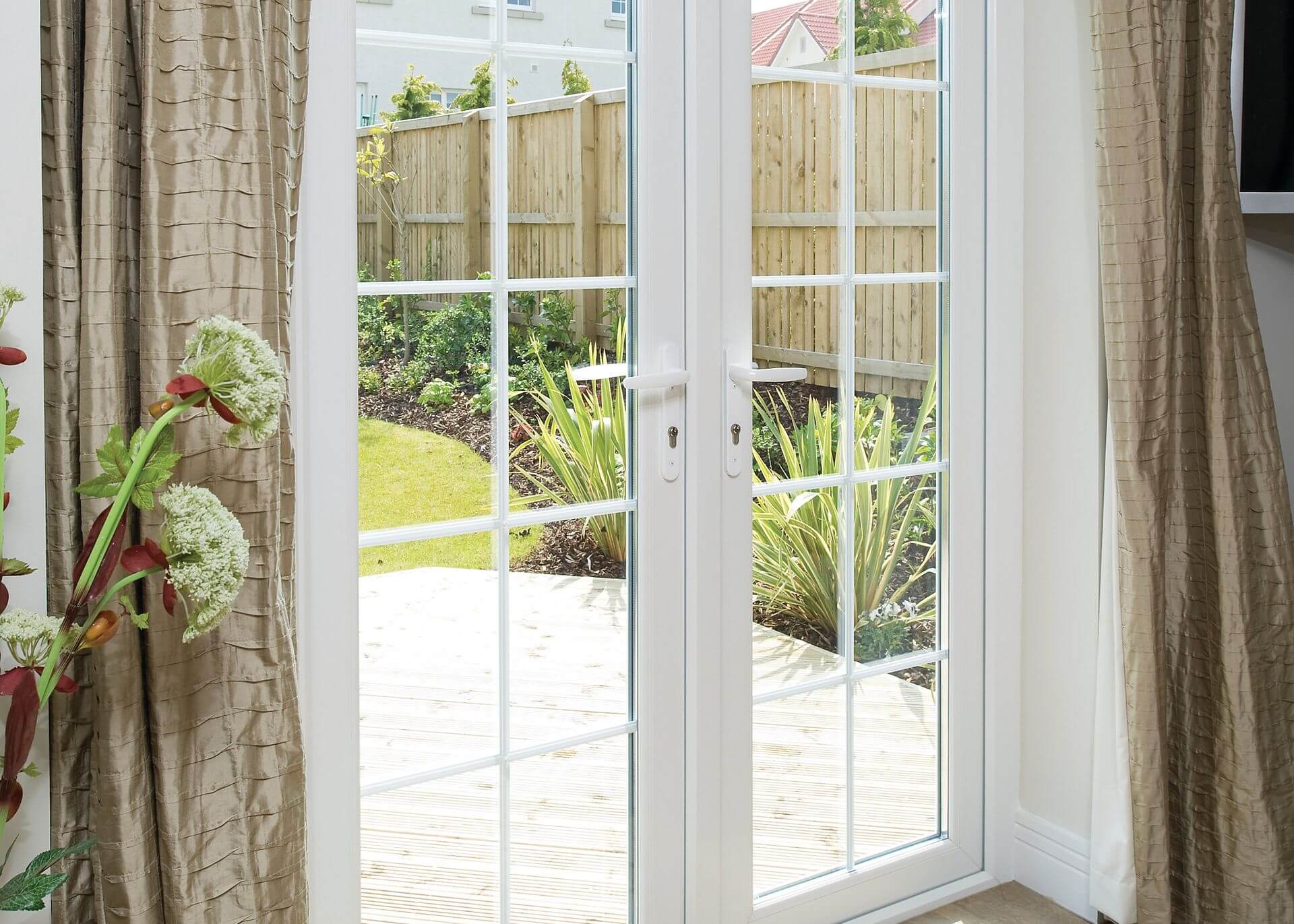Architectural and Design Features
French doors are distinguished by their classic design, which typically features multiple small glass panes separated by muntins, or narrow strips of wood or metal. These doors are often crafted from wood, but contemporary versions can also be found in materials such as vinyl, aluminum, and fiberglass, each offering different benefits in terms of durability, maintenance, and aesthetic appeal. The glass panes can be clear, frosted, or textured, depending on privacy needs and design preferences. French doors usually come in pairs that open outwards or inwards, hinging on one side.

Functional Advantages
Beyond their aesthetic appeal, French doors offer several functional advantages that make them a popular choice for homeowners and designers alike. One of the primary benefits is the ability to create a sense of openness and continuity between spaces. When used inside the home, French doors can separate rooms without completely blocking the flow of light or obstructing views, fostering a spacious and airy atmosphere. This is particularly advantageous in smaller homes or apartments, where maximizing light and space is crucial. Additionally, French doors provide excellent ventilation when opened, allowing fresh air to circulate freely throughout the home.
Enhancing Natural Light
One of the standout features of French doors is their ability to enhance natural light within a home. The extensive glass surfaces of these doors allow sunlight to penetrate deep into interior spaces, reducing the need for artificial lighting during the day and creating a warm, inviting ambiance. This influx of natural light can have several positive effects on the inhabitants of the home. Exposure to natural light has been shown to improve mood, increase productivity, and promote better sleep patterns by regulating circadian rhythms. In addition to these health benefits, the increased natural light can also make a space appear larger and more open, contributing to a sense of well-being and comfort.

Versatility in Application
The versatility of French doors is another significant factor contributing to their widespread popularity. These doors can be used in a variety of settings and applications, both indoors and outdoors, making them a flexible choice for homeowners looking to enhance different areas of their property. Inside the home, French doors can serve as elegant room dividers, providing a stylish way to separate living spaces such as dining rooms, living rooms, and home offices while maintaining an open feel. They can also be used to enclose home libraries, studies, or conservatories, adding a touch of sophistication and charm.
Energy Efficiency Considerations
While French doors are celebrated for their aesthetic and functional benefits, it is also important to consider their impact on energy efficiency. Traditional French doors, with their extensive glass surfaces, can sometimes pose challenges in terms of insulation and thermal performance. However, advancements in door manufacturing have addressed these concerns, making modern French doors more energy-efficient than ever before. Today’s French doors often feature double or triple glazing, which significantly improves their insulation properties by reducing heat transfer. Low-emissivity (Low-E) coatings can be applied to the glass to reflect heat back into the home during winter months and keep out unwanted heat during summer, enhancing the doors’ overall thermal efficiency.

Security Features
Security is a critical consideration for any type of door, and French doors are no exception. The extensive use of glass in French doors can potentially raise concerns about vulnerability to break-ins. However, modern French doors are designed with enhanced security features to address these concerns and provide peace of mind to homeowners. Many contemporary French door are equipped with multi-point locking systems that secure the door at several points along the frame, making it much more difficult for intruders to force entry. The glass used in these doors can also be reinforced with tempered or laminated panes, which are much stronger and more resistant to shattering than standard glass.
Maintenance and Durability
Maintaining French doors to ensure their longevity and optimal performance is relatively straightforward, but it requires regular attention to detail. The materials used in the construction of French doors play a significant role in determining their durability and maintenance needs. Wooden French doors, for instance, offer a classic and warm aesthetic but may require periodic painting or staining to protect against weathering and moisture damage. In contrast, French doors made from materials such as vinyl, aluminum, or fiberglass tend to be more resistant to the elements and require less maintenance. Regular cleaning of the glass panes is essential to keep them looking clear and bright, and this can be easily done with standard glass cleaners.

Cost Considerations
The cost of installing French door can vary widely depending on several factors, including the materials used, the size and complexity of the installation, and additional features such as custom designs or enhanced security measures. Generally, French door tend to be more expensive than standard doors due to their sophisticated design and the extensive use of glass. However, the investment in French doors can be justified by the numerous benefits they offer, including increased natural light, improved aesthetics, and the potential to enhance the value of the property.
Choosing the Right Style
Selecting the right style of French doors involves considering both aesthetic preferences and practical requirements. French doors come in a variety of designs, ranging from traditional to contemporary, making it possible to find a style that complements the overall look of the home. For a classic appearance, doors with intricate muntin patterns and rich wooden frames can evoke a sense of old-world charm and elegance. Contemporary styles might feature cleaner lines, larger glass panes, and minimalist frames, aligning with modern architectural trends. The choice of materials also plays a crucial role in defining the door’s style and performance.
Installation Best Practices
Proper installation is crucial to ensuring the performance and longevity of French doors. While some experienced DIY enthusiasts may choose to undertake the installation themselves, hiring a professional installer is often recommended to achieve the best results. Professional installers have the expertise and tools necessary to handle the precise measurements and adjustments required for a perfect fit. During the installation process, it is important to ensure that the door frame is level and plumb, as any misalignment can lead to problems with the door’s operation and security. Proper sealing around the frame is also essential to prevent drafts and moisture infiltration, which can compromise energy efficiency and cause damage over time.
Environmental Impact
In today’s environmentally conscious world, the sustainability of building materials is an important consideration for many homeowners. French doors can contribute to an eco-friendly home in several ways. Firstly, the increased natural light provided by French doors reduces the reliance on artificial lighting during the day, which can lead to significant energy savings. This not only lowers electricity bills but also reduces the household’s carbon footprint. Additionally, choosing French door made from sustainable materials, such as responsibly sourced wood or recycled aluminum, can further enhance their environmental credentials. Many manufacturers now offer eco-friendly options that prioritize sustainable sourcing and production practices.

Personalizing Your Space
French doors offer a unique opportunity to personalize the living space and reflect individual style preferences. With a wide range of customization options available, homeowners can tailor French door to meet their specific design needs and enhance the overall aesthetic of their home. Customization options include selecting the type and color of the frame, the style and pattern of the glass panes, and the design of the hardware. Some homeowners may choose to incorporate decorative glass elements, such as stained glass or etched designs, to add a distinctive artistic touch. Others might opt for custom paint or stain finishes that match the existing color scheme of the home. The flexibility in design allows French door to seamlessly integrate with different interior and exterior decors, from traditional and rustic to modern and industrial.
Conclusion: Timeless Elegance and Functionality
French doors, with their classic elegance and versatile functionality, remain a timeless feature in both traditional and contemporary home design. Their rich historical origins and architectural beauty make them a cherished element that continues to enhance the aesthetic appeal and practicality of homes around the world. Whether used to create seamless transitions between indoor and outdoor spaces, enhance natural light, or simply add a touch of sophistication, French doors offer numerous benefits that cater to the diverse needs of homeowners. Their adaptability in style, material, and application ensures that they can complement any architectural theme and personal preference.
